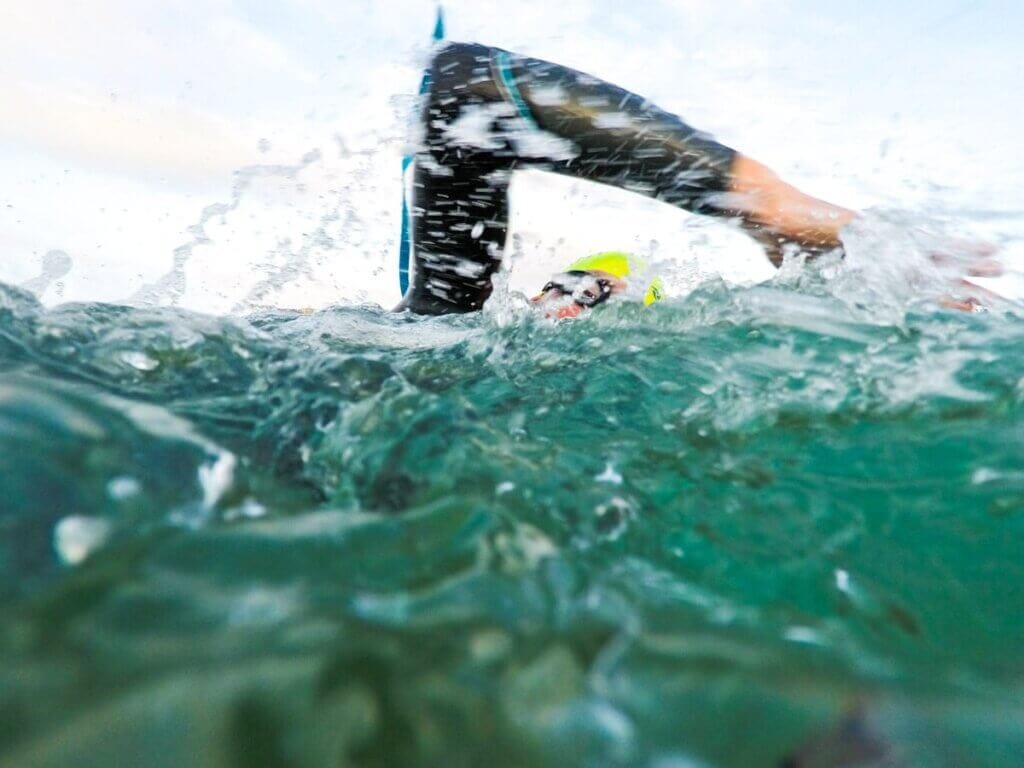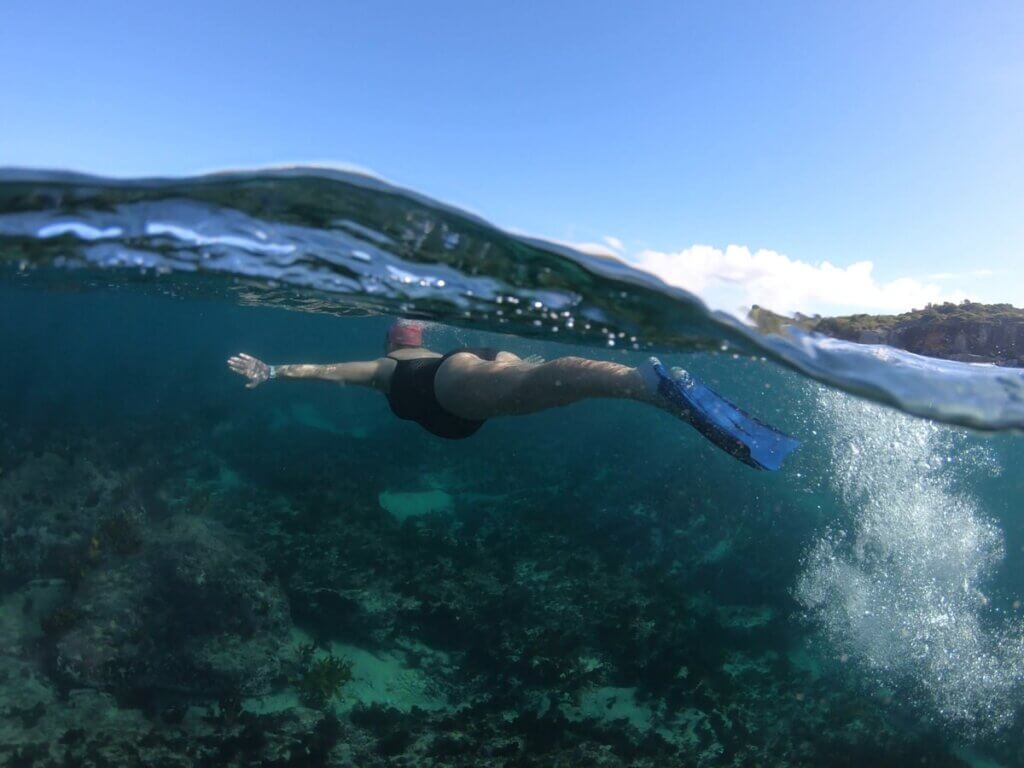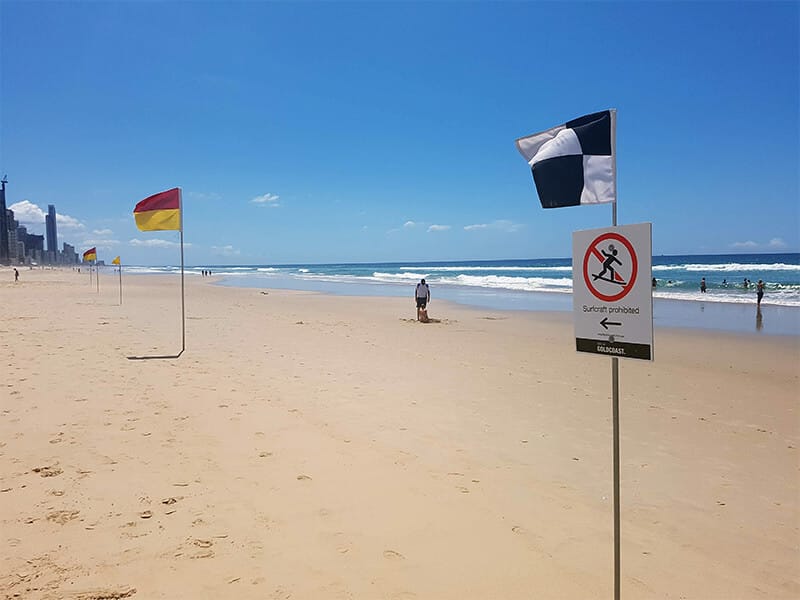Learn how to survive rip currents
Rip currents are our beaches hidden danger.
On any beach with waves, you’ll find rip currents working like rivers of the ocean. They return water brought to the beach by waves back out to disperse behind the waves again.
How to spot a rip current
To spot a rip current take 5 minutes from an elevated position and look for patterns in the waves. Rip currents exist where there are deeper channels between shallow sandbanks. Identifying features will be darker calmer water, less broken waves than on nearby sandbanks or surfers using them to get out behind the waves.
How to survive a rip current
Should you find yourself out of your depth and moving away from the beach; float with the current and converse your energy. Your chance of survival increases the less you panic, so remain calm and look around and call for assistance from nearby swimmers or surfers.
To take direct action to escape a rip current aim for the shallow sandbanks where the waves will be breaking, here you can use the waves to assist you towards the beach until it’s shallow enough to stand up.
You can avoid rip currents by swimming between the red and yellow flags on beaches patrolled by lifeguards.
Breaking rip current myths:
- Rip currents don’t pull you under the water – there is no such thing as an undertow
- Rip currents don’t take you ‘way out to sea’ – they will disperse behind the waves
- Sandbanks don’t collapse – large waves wash people off their feet into rip currents
Float, Think & Act
FLOAT
The rip current won’t pull you under, so float – keeping your head above water, conserve your energy and ride the current.
THINK
Your chance of survival increases the less you panic, so remain calm, look around for assistance and think through your options.
ACT
Raise an arm and wait for assistance OR once the current has stopped, swim towards the breaking waves where the water is shallower.
Learn how ocean swimmers use rip currents to swim efficiently through the wave zone.






Responses